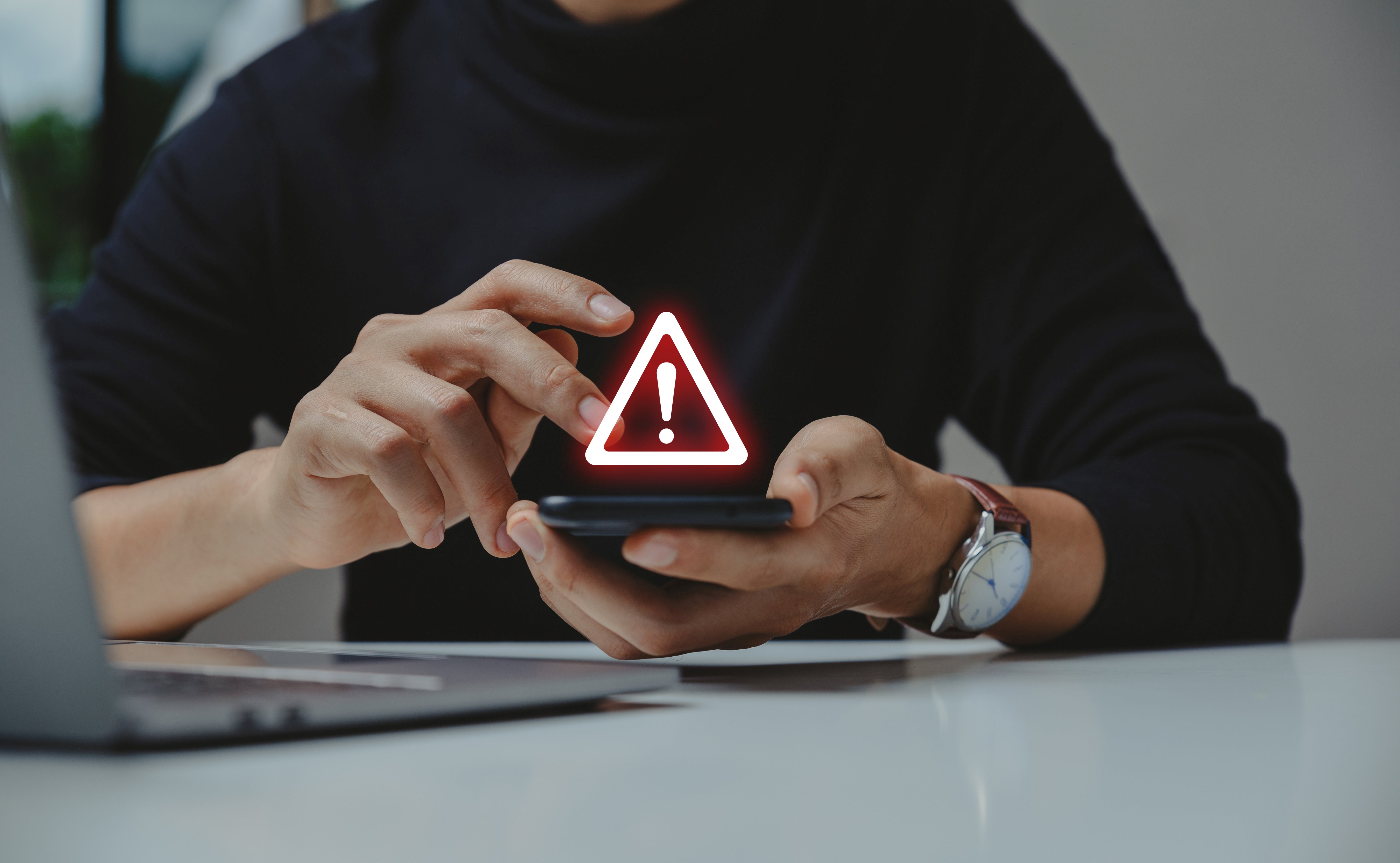It’s no secret that your online accounts contain personal and sensitive information. The best way to protect yourself from cyberattacks is to prepare and be proactive. Whether its your password to your online banking portal or a social account, its important you apply these methods to avoid fraud and theft. Here are some simple tips you can implement to keep protected:
Avoid Using Common Passwords
We understand it’s hard to remember long and complex passwords; we also know that recovering your accounts from cyberattacks is even harder. Make sure to avoid using common phrases such as song lyrics or sequential numbers “12345” just to meet requirements. A strong password is usually 10-12 characters long, has 3-4 random words separated by spaces and includes a mix of uppercase and lowercase letters, as well as numbers and symbols.
One Does Not Fit All
It is very important that you don’t use the same password for all your accounts. We do not recommend storing your passwords in an Excel document or notes page on your phone. Although you keep your devices safe, its important to take every precaution necessary to remain protected. A simple way to keep track of all your passwords is by saving them on your web browser or a trusted password manager. If you are going to take this route, it is important to do your due diligence before trusting them.
Enable Multi-Factor Authentication
Utilize authentication as often as possible. The most common form of multi-factor authentication is password verification through text, email, or call. Most of your accounts will either require or give you the option to enable multi-factor authentication. Another common form of authentication is answering security questions. The questions and answers you choose should only be known to you. Often creating your own question, if given the option, is the easiest way to apply this tip.


